Humans have started having a pet in their life way more before. We used to live alone first, and then we started to use animals to pet them, which in return started to prevent any kind of unwanted accidents and any other kind of sudden attacks from other animals.
We have a long and very close relationship with pets, and that is why the legacy is continuing generation by generation.
As we started having pets, our responsibilities have also increased, and we also have to take proper care of them and look out for them and have to treat them well so that we can have a mutual understanding between us.
This two-way process was the main reason behind the growing connection between a human and its pets. Cats and dogs have been the most common world all around the world. We have to pet them for so long that they have also evolved alongside us in front of our eyes.
Throughout this long journey, we have understood our pet better and better over Time. We have understood what our pet needs and what they should eat to live healthily and well enough. We have understood their behavior, their way of showing love and affection, when they are angry and when they are happy and what food or thing will be good for them and which is terrible.
This article will tell you about the relationship between a cat and a common houseplant named succelents. We will answer many questions like, are succelent poisonous to the cat? How it affects a cat? How we can stop cat from eating succelents and many more.
A Brief Introduction to Succelents
A succelent Is a plant native to desert or semiarid region. It has thick and fleshy tissues, which gives it a bulky appearance. It does not have leaves, while some have fewer leaves than a common or any other tree.
They store their food in stems in the form of water, and their roots are also profound. Cactus and aloe vera are a kind of succelent which we all are aware of. How on earth can a plant be harmful to cats? How it affects cats whereas aloe vera is helpful for we human?
How it affects Cats
If something is beneficial to us, it does not mean that it would benefit others as well. Just like we humans have different tastes and different suited foods, animals also have different taste and differentiated foods. Like in humans, we have allergies; animals have also been intolerant of certain kinds of plants and foods. That is why vets warn us of certain food items to give to our pets, and the food items vary from animals by animals and breed by breed.
Talking about succulents, then succulents Is a group of plants, where some of them have many benefits for humans, and some are poisonous. For cats, succulents are not an excellent thing to munch.
They can go wild with the internal system of a cat. They can hurt your cat in many ways, which can lead to various symptoms, and some of them are fatal as well. Whether a succulent will hurt your cat or not depends on the type of succelent your cat has eaten or munched on.
So, if your cat somehow eats or munched on a succulent and then behaving differently or becoming ill, then the first thing you have to do is to take them to the vet but, if the problem is not severe, then start to find what type of succelent your cat have taken in.
Succulents, which are harmful to your cats
We have listed some of the common succulents we have inside our houses, and we do not know its harmful effects. Therefore, look at them and compare them to your succulents, If any.
1. Aloe vera
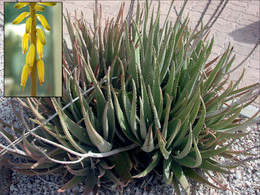
Shocked? How on earth can this beneficial thing be wrong for someone? There are many differences between a human and a cat and why we can be sure that it can be harmful to them and not us and this difference is enough to let someone understand and answer a question like succulents harmful to cats
It can be beneficial for your cats but only if applied to the skin. If your cat ingests it, then it can hurt them badly. A chemical named Aloin is the main reason behind all this. It is a yellow, bitter liquid present just inside the outer layer of aloe vera.
Some of the symptoms of eating aloe vera include redness in urine, lethargy, vomiting, and diarrhea. So, if any of these is happening to your cats, then your cat may have a great time with aloe vera.
2. Euphorbia
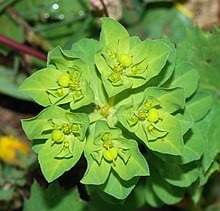
Another common houseplant and a succulent as well. This is quite a bright type of succulent, which looks excellent and excellent. You may also know it as milk plants, and this Is what they are called due to the thing it releases from beneath its skin.
This white latex type liquid is harmful to the skins and got even worse if ingested. This white sap is present in the stem of these plants and can be toxic to humans if ingested and can be a lousy option for humans if applied in the skin.
Some of the common symptoms include skin irritation, diarrhea, vomiting, stomachache, and mouth irritations. If your cat is going through these, then it is Time to fix an emergency appointment with your vet.
3. Jade plant
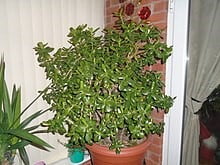
This plant, or we can say a succelent is an overgrown kind Of succelents. It spreads all over the place or a particular region so quickly, and it is said that it is hard to kill as well. It is rubbery in appearance and can live for many years, and that why some say that this plant does not die.
This plant can also affect your cats badly. If your cat ingested its flower, then it can be toxic for them. Some of the symptoms are lethargy, dry heaving, clumsy movement, and having vomiting. Do not avoid these and quickly visit a nearby or your vet.
4. Kalanchoe
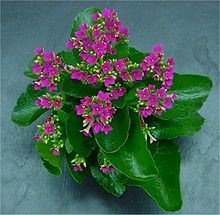
If the easiest plant to grow and best for beginners and plant enthusiasts. It belongs to flowering succulent, and its flowers are quite beautiful as well. But, for your cats, it can be not so good.
Its ingestion can lead to mouth irritation to your cats and can affect the digestive system as well. It shows their symptoms in between 12 hours to within five days, including oral irritations, which leads to drooling and vomiting, and diarrhea in some cases.
5. String of Pearls
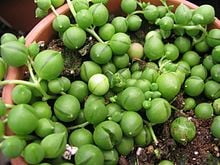
This succelent belongs to the genus Curio. There is much evidence that tells us the harmful effects of ingesting this succelent, especially for cats. So, hang it some heights and keep it away from playful cats.
Some of the symptoms include diarrhea, vomiting, and in some cases, listlessness, have also been observed.
6. Cactus

Cactus does not affect your cat’s internal systems, but what is the main problem with a cactus is its thorns. Some cacti have very tiny thorns that we cannot see easily, and it spreads all over the skin, causing irritation and other skin allergies.
Only symptoms include akin irritation, and, in some cases, redness was also observed.
Any alternative?
Well, many other succulents are not harmful to humans and well as cats. Still, if you want to grow a succulent in your home, you must be careful and keep it out of reach of children and cats.
Echeveria, Burro’s Tail, Zebra Haworthia, Christmas cactus are sone of succelents which is safe for your cats, and it does not have any allergies. So, if you can buy these in nearby stores, then go for it.
You can buy it online, and many websites keep succelents because of their growing demands as they are easy to grow and do not require much maintenance.
How to keep cats away from succelents
One of the primary senses that helps cats find something is their nose if that thing is not moving. As succelents is a plant and hence cannot move, the cat can only go to your succulents with the smell. If you somehow manage to eliminate that smell of succelents, you will stop your cat from going there eventually.
But, how on earth can someone stop something which is unseen or can’t be seen? Well, there are many sprays and DIYs available which have proven the ability to reduce or suppress the scents of that thing around which it was kept.
Citrus fruits are a good repellent for your cat. The coffee powder can also suppress the scents of your succelents, or you can surround your succulents with cactus so that your cat does not go there. But remember that the cactus should be safer; otherwise, this will not be a wise option.
Conclusion
A sudden increase in the keeper of succelents has increased. A succulent was not a houseplant before, but due to its low maintenance and its ability to thrive in any environment and ability to adjust themselves according to the environment has brought them into our houses.
As these are new to us, we are not aware of their harmful effects. Therefore, we should know how safe it is to keep them in our houses, especially when we have kids and pets.

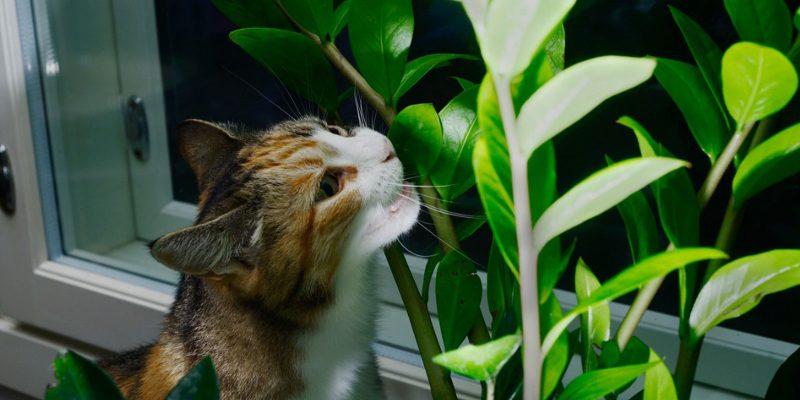



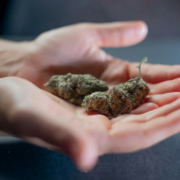



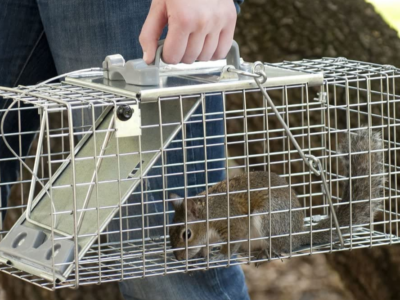




Comments